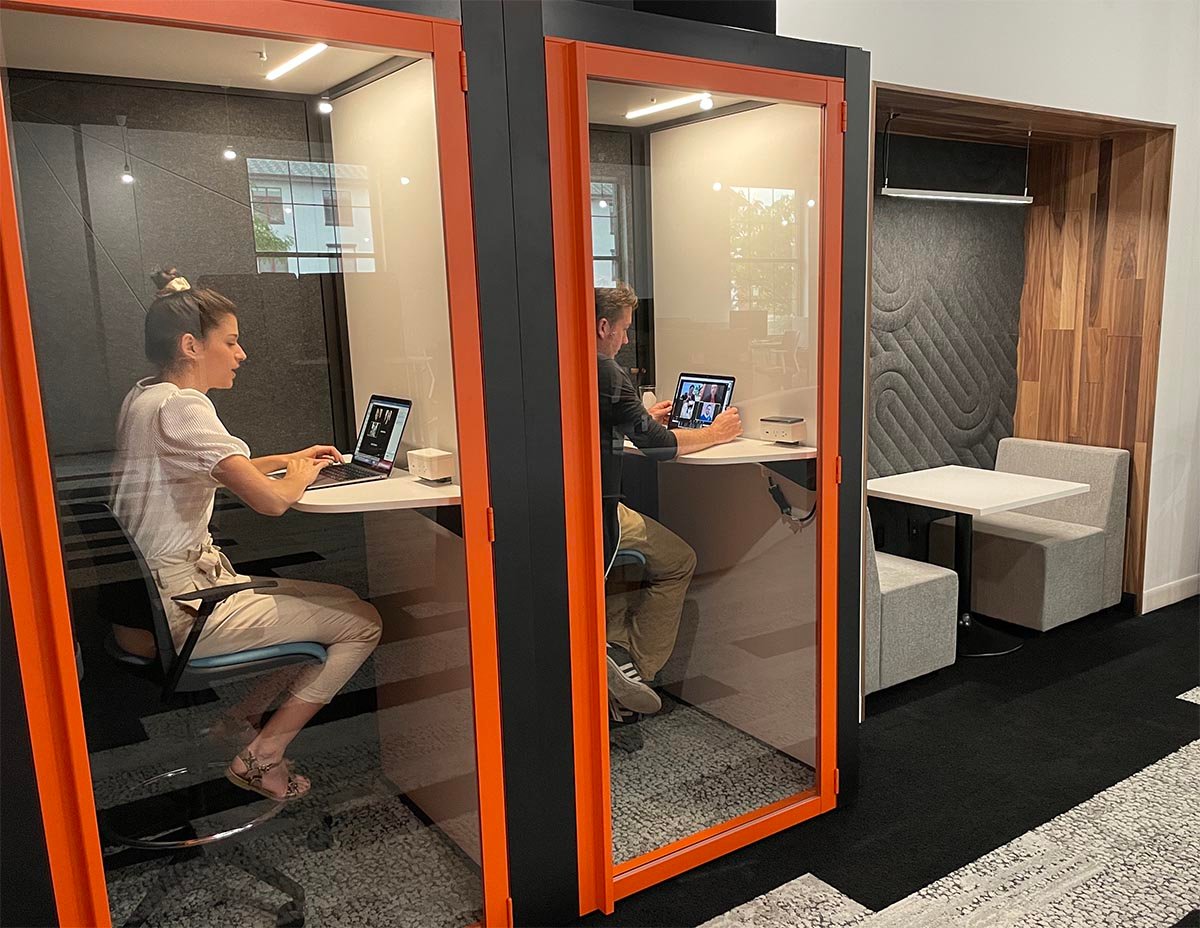Responsive Reality Check
Bill Casey CEO & Partner#Industry Insights, #Responsive Design, #Events

The New York Times long overdue "responsive" redesign may have been necessary, but is there still room for improvement?
The New York Times just released a much ballyhooed and long overdue redesign of their venerable website this week. Seen as a giant leap forward in technology and user experience, the Times' primary goal was to build a future-proof site that would be able to evolve over time and allow gradual design iteration rather than having to do large periodic redesigns as the landscape of the Web changed. According to a Times executive involved in the redesign, a key element of the site redesign was to focus on providing the best possible online experience with "a responsive layout that enhances the presentation of our content on larger desktops down to tablets," a smart move in the ever-changing world of screen sizes. However, I was immediately struck by the "down to tablets" part of that statement. Why stop at tablets? What about the large percentage of readers using smartphones, which is surely a greater number than those using tablets? Is a site really responsive if it only responds to a limited number of screens?
Is The New Website Actually Responsive?
I went to the new site and, sure enough, once you get past the homepage (which is NOT responsive by any means), there is a modest attempt to realign some page elements, but the overall design's "responsiveness" is clearly optimized for tablet users only. To be fair, there is a separate mobile version of the site that loads when you access the site via a smartphone, but I think the designers missed the boat on the entire responsive concept. Responsive Web Design (RWD) is a method of building a website layout that automatically adapts to the user's screen size, whatever size that may be. A single codebase is used to display the same content, which is optimized for large desktop displays, laptops, tablets, smartphones, and whatever else is in between. Having a separate mobile site was a smart, albeit labor and cost-intensive solution, in the days before RWD, when content-heavy sites like the Times were not providing a good user experience for their growing mobile audience. Mobile-only sites have worked well on smartphones, but two separate codebases must be maintained and any global changes must be done twice. Today, however, a single, well designed website should render well on any screen. When the Times embarked on their latest redesign, they had the perfect opportunity to make the shift to a fully responsive site, ensuring the website was optimized for the broadest spectrum of users in the most cost effective manner, but they chose instead to maintain the dual site approach. In effect, they became less future-proofed by locking in current screen paradigms.
Some may argue that the site is simply too big and too content rich to effectively be presented on all screens. However, there are many great examples of large online publishers or aggregators with vast amounts of content that effectively utilize Responsive Design (see Mashable.com). I suspect that in a few years time, the Times will be faced with the need for another big redesign to keep up with the ongoing evolution of the Web. Hopefully next time they'll have a little better foresight in how they approach the project.
Related Posts

The Future of Work at Diagram
We're excited to announce the opening of our new headquarters located in downtown Naperville, IL.
/Icons/blog-011524-min.png)
How to Keep Up With Digital Transformation
These 7 steps to building a digital transformation strategy will help your organization thrive in today’s fast-paced and technology-driven world.
Results Matter.
We design creative digital solutions that grow your business, strengthen your brand and engage your audience. Our team blends creativity with insights, analytics and technology to deliver beauty, function, accessibility and most of all, ROI. Do you have a project you want to discuss?
Like what you read?
Subscribe to our blog "Diagram Views" for the latest trends in web design, inbound marketing and mobile strategy.
